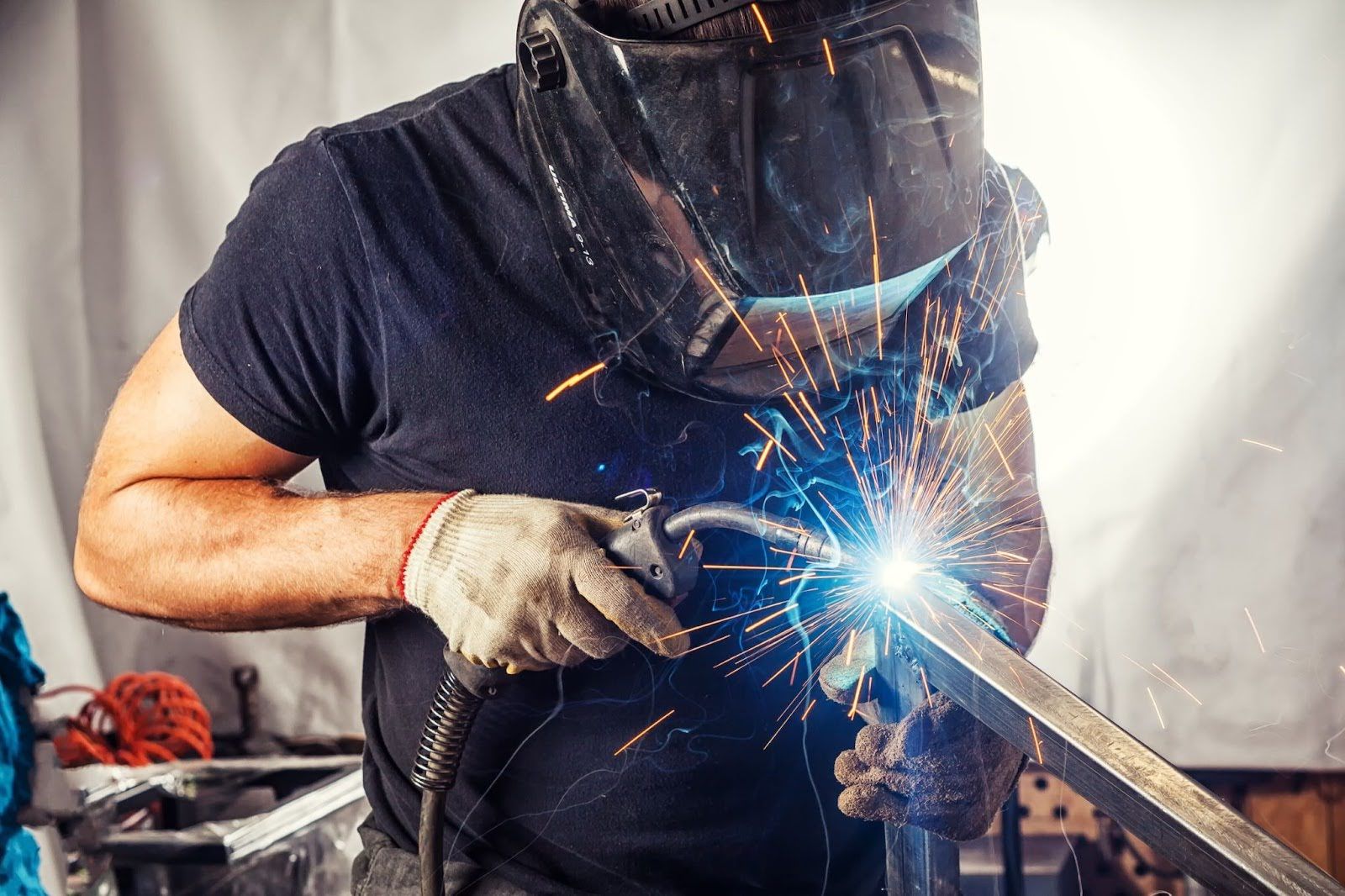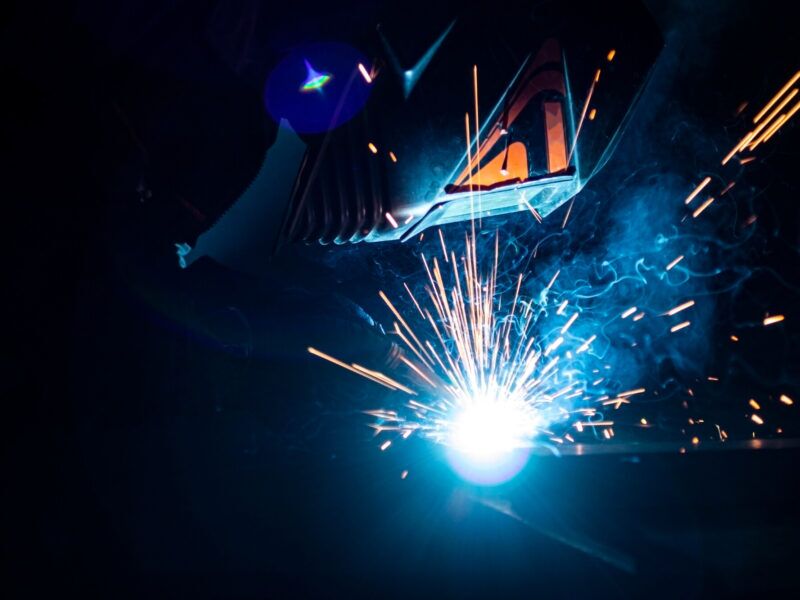Necessary Tips for Welders: Avoiding Undercut Welding and Ensuring Stronger Weld Joints
In the realm of welding, attaining strong and resilient weld joints is the foundation of producing top notch work. Nevertheless, one common difficulty that welders commonly come across is undercut welding, which can compromise the honesty of the weld joint. By recognizing the aspects that add to undercutting and implementing the right methods and preventative measures, welders can efficiently avoid this problem and make sure the durability and toughness of their welds. Allow's discover some important suggestions that can assist welders browse this difficulty and boost the high quality of their welding projects.

Understanding Undercut Welding
Undercut welding is an usual welding flaw that happens when the weld metal falls short to properly fill up the groove and causes a groove-like depression along the weld bead. This defect compromises the weld joint, making it prone to cracking and failure under stress and anxiety. Undercutting can be created by different variables, including excessive welding current, high welding speed, improper electrode angle, incorrect electrode dimension, and poor welding method.
One of the primary reasons for undercut welding is an imbalance in between the welding present and the welding speed. If the welding current is too expensive or the welding speed is too quick, the weld steel might not sufficiently fill the groove, bring about damaging. Furthermore, utilizing an electrode that is also large can cause a similar result, as the excess metal can not effectively flow right into the groove.
To stop undercut welding, welders must guarantee they are using the appropriate welding parameters, preserve a suitable electrode angle, pick the proper electrode dimension, and technique appropriate welding strategies. By dealing with these variables, welders can reduce the threat of damaging and produce stronger, more reliable weld joints.
Proper Welding Technique
Efficient welding technique plays a critical duty in making sure the quality and integrity of weld joints. Correct welding strategy includes a mix of precision, skill, and adherence to ideal techniques. One basic facet of correct welding technique is preserving the correct angle and range in between the welding weapon and the workpiece. Welders need to also pay close interest to the travel speed and warmth input to stop problems like damaging, porosity, or insufficient fusion.
In addition, a regular and constant hand activity is important for creating strong and sturdy weld joints. Welders must intend for smooth, uniform movements to guarantee also distribution of the weld material. Proper adjustment of the welding weapon and filler material is additionally key to attaining optimal infiltration and blend.
Additionally, managing the heat input and choosing the appropriate welding specifications based upon the material being bonded are essential aspects in achieving premium welds - Preventing weld undercut. Welders must follow the advised setups offered by welding procedure specs and readjust them as needed based upon the details demands of the task. By grasping appropriate welding methods, welders can substantially improve the stamina and dependability of their weld joints
Choosing the Right Electrode
Preserving the appropriate angle and distance in between the welding weapon and the workpiece is essential when considering the importance of picking the best electrode in welding get redirected here applications. The selection of electrode plays a vital function in identifying the quality and toughness of the weld joint. Electrodes are available in numerous kinds, each designed for details objectives and materials.
To start with, selecting the suitable electrode size is necessary. Thinner electrodes appropriate for welding slim products, while thicker electrodes are much better for thicker materials and greater warm applications. Matching the electrode size to the density of the workpiece helps achieve a balanced weld.
Secondly, understanding the material structure of the electrode is vital. Different electrodes are created for welding details products like steel, stainless steel, light weight aluminum, or cast iron. Making use of the right electrode material ensures excellent blend and minimizes the risk of flaws in the weld.
Last but not least, thinking about the welding position and method is crucial when picking the electrode kind. As an example, certain electrodes are better matched for overhead or vertical welding positions, while others work well for flat or straight placements. Selecting the right electrode based upon the welding method boosts the overall weld quality and honesty.
Preparing the Base Metal
To make certain an effective welding procedure, what initial actions should be taken when preparing the base steel for welding? Appropriately preparing the base metal is critical for attaining resilient and solid weld joints. The initial step in preparing the base steel is to our website clean it completely to remove any kind of pollutants such as corrosion, oil, dust, or paint. This can be done making use of a cable chemical, mill, or brush solvents. Additionally, any existing weld product or deposit from previous welding need to be gotten rid of to guarantee a tidy surface area for the new weld.

Carrying Out Post-Weld Examinations

After conducting these analyses, welders need to contrast the results versus industry requirements and project needs to guarantee that the weld joint meets all necessary requirements. Any kind of insufficiencies or variances found throughout the post-weld examination ought to be promptly resolved through appropriate corrective steps to ensure the weld's integrity. By vigilantly performing post-weld examinations and quickly resolving any type of issues, welders can promote the high quality and integrity of their job, inevitably contributing to see page the safety and security and longevity of the bonded structures.
Verdict

In conclusion, preventing undercut welding and guaranteeing stronger weld joints call for a mix of correct welding strategy, selecting the best electrode, preparing the base steel correctly, and carrying out post-weld evaluations. By recognizing the sources of undercut welding and implementing the needed preventative measures, welders can generate top notch weld joints that meet sector requirements and guarantee the architectural stability of the welded elements.
Undercut welding is a typical welding defect that occurs when the weld metal falls short to correctly fill the groove and results in a groove-like anxiety along the weld bead (Preventing weld undercut). Damaging can be triggered by numerous factors, including too much welding current, high welding rate, incorrect electrode angle, wrong electrode dimension, and bad welding method
One of the primary reasons for undercut welding is a discrepancy in between the welding existing and the welding speed. If the welding current is too high or the welding rate is as well quickly, the weld steel may not properly load the groove, leading to damaging.Maintaining the right angle and range in between the welding weapon and the work surface is fundamental when taking into consideration the significance of picking the ideal electrode in welding applications.